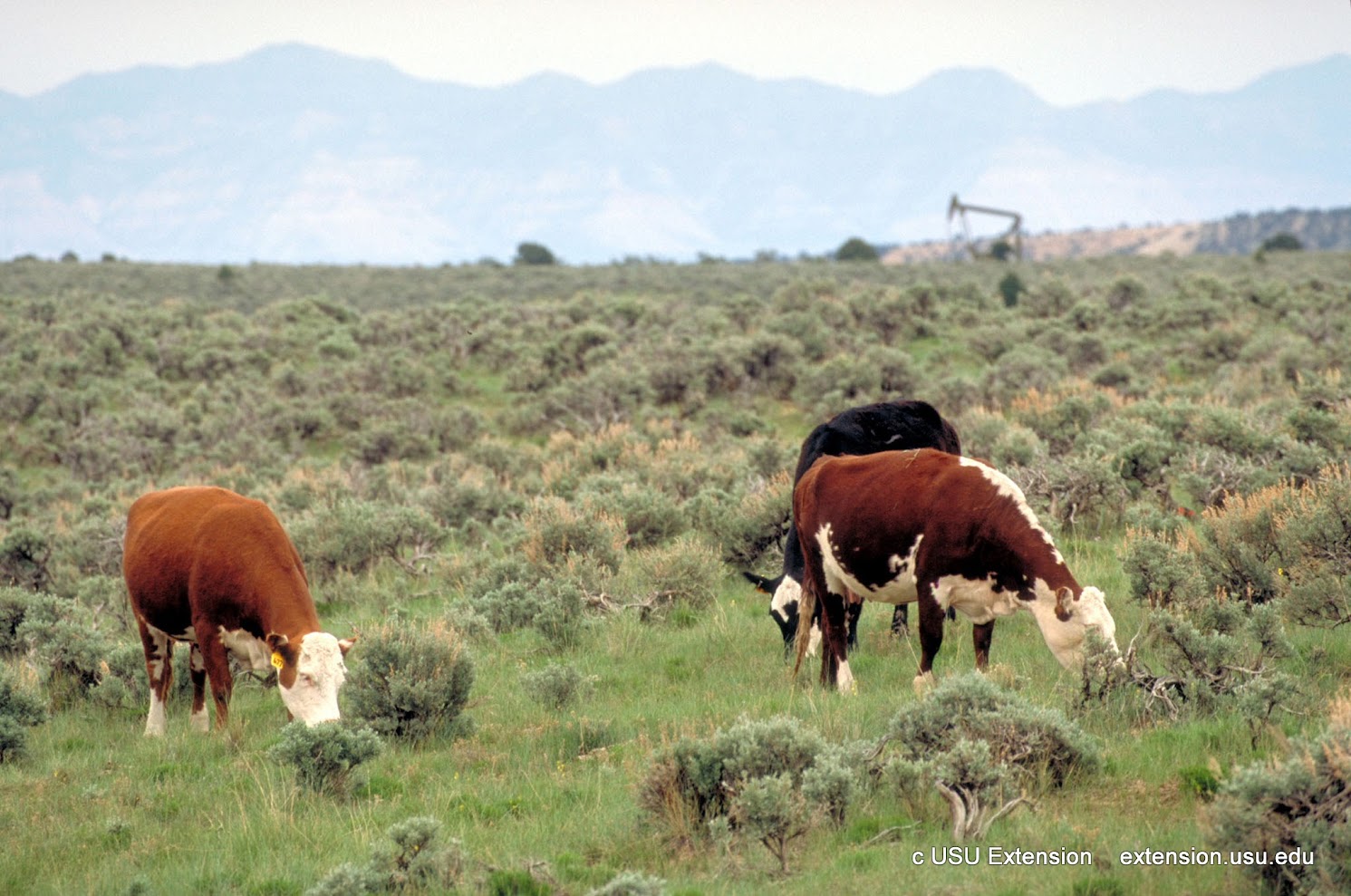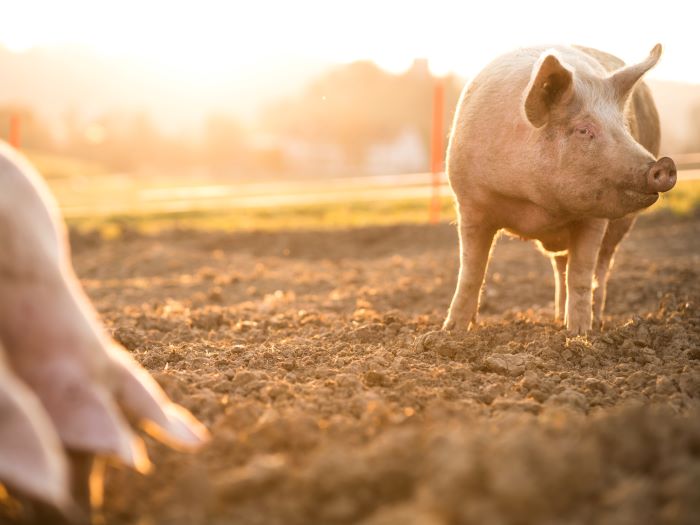Comprehending Livestock Risk Security (LRP) Insurance Coverage: A Comprehensive Guide
Browsing the realm of animals danger protection (LRP) insurance coverage can be an intricate endeavor for numerous in the agricultural market. From just how LRP insurance coverage operates to the numerous insurance coverage alternatives available, there is much to uncover in this extensive guide that can possibly form the method animals manufacturers come close to danger administration in their services.

How LRP Insurance Functions
Periodically, comprehending the mechanics of Animals Threat Security (LRP) insurance can be intricate, however breaking down just how it works can provide quality for farmers and herdsmans. LRP insurance is a danger management device created to shield livestock manufacturers against unanticipated cost decreases. The policy allows producers to establish an insurance coverage level based upon their particular needs, picking the number of head, weight array, and coverage cost. Once the policy remains in location, if market rates fall listed below the coverage cost, manufacturers can submit an insurance claim for the distinction. It is essential to note that LRP insurance coverage is not a revenue assurance; rather, it focuses entirely on rate risk security. The insurance coverage period typically varies from 13 to 52 weeks, giving versatility for manufacturers to pick a duration that straightens with their production cycle. By using LRP insurance policy, farmers and herdsmans can reduce the financial threats connected with rising and fall market rates, ensuring higher security in their procedures.
Qualification and Protection Options

When it involves coverage choices, LRP insurance coverage offers producers the adaptability to choose the protection degree, insurance coverage period, and endorsements that finest match their threat administration requirements. Insurance coverage degrees usually vary from 70% to 100% of the anticipated ending value of the insured livestock. Producers can additionally select protection periods that straighten with their manufacturing cycle, whether they are insuring feeder cattle, fed cattle, swine, or lamb. Endorsements such as cost danger security can additionally tailor coverage to secure versus damaging market fluctuations. By understanding the eligibility criteria and protection options available, livestock producers can make informed decisions to take care of threat effectively.
Pros and Disadvantages of LRP Insurance Coverage
When assessing Livestock Danger Defense (LRP) insurance coverage, it is necessary for livestock manufacturers to consider the disadvantages and benefits fundamental in this risk monitoring tool.

One of the key advantages of LRP insurance is its capability to provide protection against a decline in livestock rates. In addition, LRP insurance provides a level of adaptability, permitting producers to tailor protection levels and policy durations to suit their specific needs.
However, there are also some drawbacks to consider. One limitation of LRP insurance is that it does not protect versus all kinds of dangers, Recommended Reading such as illness break outs or natural disasters. Furthermore, costs can occasionally be pricey, specifically for manufacturers with large animals herds. It is crucial for manufacturers to carefully assess their specific danger exposure and economic circumstance to figure out if LRP insurance is the right threat management tool for their operation.
Comprehending LRP Insurance Coverage Premiums

Tips for Making Best Use Of LRP Advantages
Making best use of the benefits of Livestock Threat Defense (LRP) insurance needs critical preparation and proactive danger administration - Bagley Risk Management. To take advantage of additional resources your LRP coverage, think about the complying with pointers:
Routinely Examine Market Problems: Keep educated concerning market trends and price fluctuations in the livestock sector. By monitoring these aspects, you can make educated choices regarding when to purchase LRP protection to safeguard against potential losses.
Set Realistic Coverage Levels: When selecting coverage degrees, consider your manufacturing prices, market worth of animals, and prospective dangers - Bagley Risk Management. Setting reasonable coverage degrees makes certain that you are properly safeguarded without overpaying for unneeded insurance policy
Expand Your Protection: Rather than relying only on LRP insurance policy, take into consideration diversifying your danger administration approaches. Integrating LRP with other risk management devices such as futures contracts or options can provide thorough insurance coverage against market uncertainties.
Testimonial and Change Coverage Regularly: As market problems transform, regularly examine your LRP coverage to ensure it aligns with your existing risk exposure. Readjusting coverage levels and timing of acquisitions can help maximize your risk defense method. By following these pointers, you can maximize the advantages of LRP insurance coverage and protect your livestock operation versus unforeseen risks.
Final Thought
In final thought, animals danger defense (LRP) insurance is a valuable tool for farmers to take care of the economic threats linked with their livestock operations. By recognizing how LRP functions, eligibility and coverage choices, in addition to the advantages and disadvantages of this insurance, farmers can make informed decisions to safeguard their source of incomes. By meticulously taking into consideration LRP costs and implementing methods to take full advantage of advantages, farmers can reduce possible losses and make certain the sustainability of their procedures.
Animals producers interested in obtaining Livestock Risk Defense (LRP) insurance can check out a range of eligibility requirements and protection alternatives tailored to their particular animals operations.When it comes to insurance coverage options, LRP insurance policy provides manufacturers the versatility to pick the coverage level, insurance coverage period, and endorsements that ideal suit their risk management demands.To comprehend the details of Livestock Threat Security (LRP) insurance policy totally, recognizing the aspects influencing LRP insurance policy costs is critical. LRP insurance coverage premiums are determined by different elements, consisting of the protection level picked, the anticipated rate of livestock at the end click here to read of the protection period, the type of livestock being guaranteed, and the length of the insurance coverage duration.Testimonial and Change Protection Consistently: As market problems transform, regularly review your LRP insurance coverage to ensure it straightens with your present threat direct exposure.